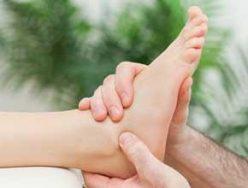Are You Ignoring Red Flags?
Maintaining shoulder health is an important part of a hockey player’s career. The risk of injury due to contact such as a body check is high and the fact that the shoulder is a very mobile joint increases the risk of non-contact injuries.
What is very interesting about the human body is how it informs us of dysfunction. Pain or discomfort in an area may actually be a referral from a different part of the body. The mistake many athletes make especially younger teenage athletes is pushing through these warning signs and not getting quality help from a hands-on therapist. In order to play through a healthy, long career in your sport you must take a preventative approach towards your Strength & Conditioning. This means being smart in how and when you train, taking adequate recovery and listening to warning signs.





















